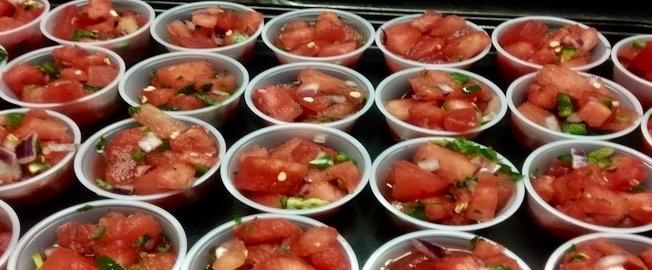Pueblo City Schools

District Details
Pueblo, Colorado
District Enrollment: 17000
District F/R: 80%
District ADP: 71%
Production Model: Self-operated
School Year Implemented: 2016-2017
# of Grants Awarded: 4

District Details
Pueblo, Colorado
District Enrollment: 17000
District F/R: 80%
District ADP: 71%
Production Model: Self-operated
School Year Implemented: 2016-2017
# of Grants Awarded: 4
Participating Schools
| East High School | Central High School | Centennial High School | South High School |
|---|---|---|---|
| Age Group: 9 - 12 | Age Group: 9 - 12 | Age Group: 9 - 12 | Age Group: 9 - 12 |
| School Size: Large (900+) | School Size: Medium (301-900) | School Size: Large (900+) | School Size: Large (900+) |
| School Environment: Urban | School Environment: Urban | School Environment: Urban | School Environment: Urban |
| School F/R: 62% | School F/R: 69% | School F/R: 47% | School F/R: 50% |
| School ADP: 40% | School ADP: 41% | School ADP: 55% | School ADP: 48% |






